Search Images
Browse Content (p. 490)
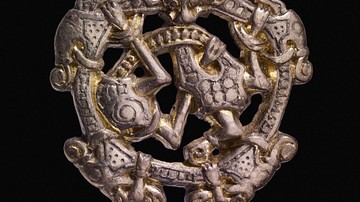
Image
Borre-style Pendant with a Gripping Beast
Pendant with a Borre-style design of a gripping beast inside a frame further decorated with four protruding animal heads. Small areas of gilding and niello are in evidence on the surface of the pendant. Found at Norfolk, England, 10th century...
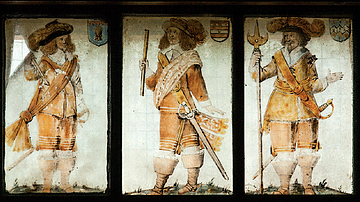
Image
English Civil Wars Soldiers
A detail of the Civil War memorial window showing different soldier types at St. Chad's Church, Farndon, Cheshire. Created after the Restoration of 1660.
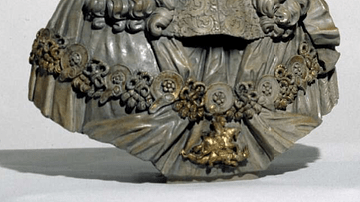
Image
Bust of Prince Rupert
A stoneware portrait bust of Prince Rupert, Count Palatine of the Rhine and Duke of Bavaria (l. 1619-1682). Rupert was the nephew of Charles I of England (r. 1625-1649) and led the Royalist cavalry during the English Civil Wars (1642-51...
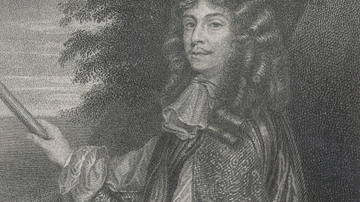
Image
David Leslie, Lord Newark
A portrait of General David Leslie, Lord Newark (c. 1600-82) who commanded the Scottish garrison at Edinburgh during the Third English Civil War (1650-1). Leslie was defeated by the English Parliament's New Model Army led by Oliver Cromwell...

Image
Troop Dispositions, Battle of Dunbar in 1650
A map showing the troop dispositions of the Scottish and English armies at the battle of Dunbar in 1650 during the English Civil Wars (1642-51). Dunbar is located just over the Anglo-Scottish border on the east coast of Scotland. The English...
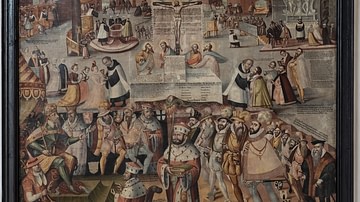
Image
Augsburg Confession
Image of the Augsburg Confession 1530.
Johanneskirche, Kasendorf.
Photo by Reihold Möller
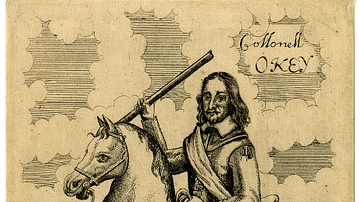
Image
Colonel John Okey
A mid-17th century portrait print of Colonel John Okey (1606-62), the Parliamentary commander of the dragoons regiment during the English Civil Wars (1642-51). Okey was appointed in 1645 and led the dragoons at such important engagements...
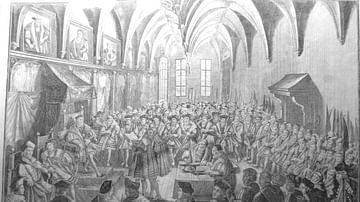
Image
Diet of Augsburg
Presentation of the Augsburg Confession (1530), engraving in a bible from Nuremberg, 1736.
Protestant Museum of Upper Austria, Rutzenmoos.
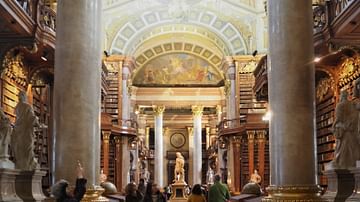
Image
Prunksaal, Austrian National Library, Vienna
Prunksaal (State Hall) is the central structure of the old imperial library and part of the Hofburg palace in Vienna, Austria. It was build between 1721-1723. The hall is divided, after the original list of the books, into "war" and "peace"...
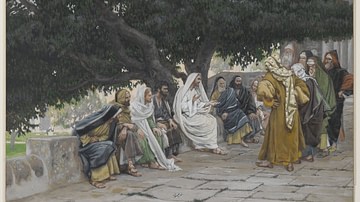
Image
The Pharisees and the Sadducees Come to Tempt Jesus
An image of a painting titled The Pharisees and the Sadducees Come to Tempt Jesus. Opaque watercolour over graphite on grey wove paper. Created by James Tissot (1836-1902).
Brooklyn Museum, Brooklyn, New York